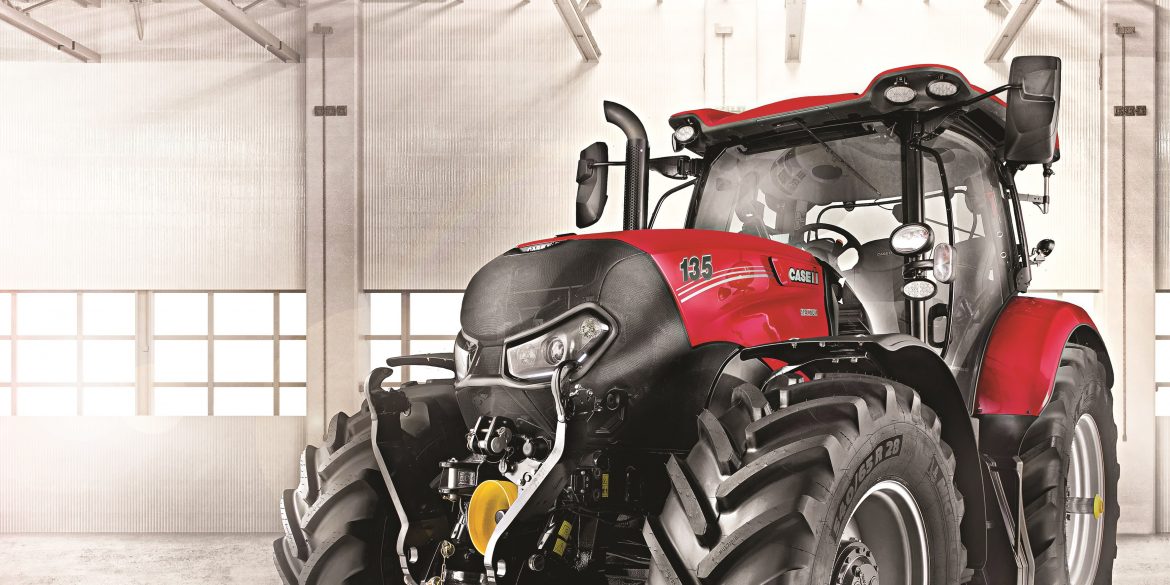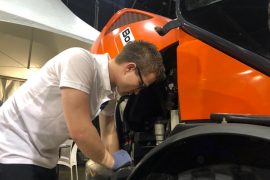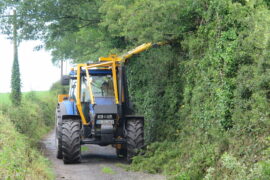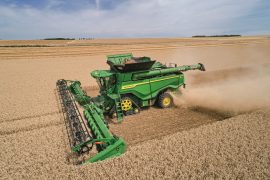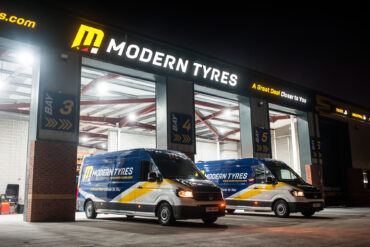Tractors made at the Case IH St. Valentin, Austria plant will now have extra-strong paintwork thanks to a new million euro paintshop investment/ Higher gloss finish resists scratching, cracking and rust.
Case IH and STEYR tractors are now leaving their St. Valentin, Austria plant with upgraded paint finishes that are even tougher and more rust-resistant. The improvement comes thanks to a 1.1 million euro investment in new pre-treatment and paintshop facilities at the factory, completed despite the challenges of Covid-19.
Customer interest in robust paint and corrosion resistance, identified in ongoing market research, drove the initiative. Working with 24 specialist suppliers and partners, the factory came up with a menu of solutions before, during and after the painting process. Together they produce a higher-gloss finish that resists scratching, cracking and rust, while adhering more tightly to the metal’s surfaces.
Significantly higher prewashing- and preheating-temperatures are key to the new finishes initiative. Each tractor is now dried at 110°C, up from 60°C, and stays in the oven three times longer. Initial prewash has gone from 30 – 40°C to 55 – 60°C with a fivefold increase in nozzle pressure.
“Getting the tractor absolutely perfect to receive its paint finish is vital,” says Hannes Woegerbauer, Plant manager. “After the improved prewash, we also now have a separated rinsing process to remove excessive detergent and a new pre-heating booth that removes every molecule of moisture and warms the tractor to the perfect temperature. As a result, the paint is dried also from inside out, making it more stable, with much better adhesion and rust prevention”.
Work started on the changes to the working production line in November 2019 and the first tractors passed through in August 2020. “We’re really grateful to our specialist partners who have helped us put these new systems in place, while having to work around all the challenges of Covid-19,“ says Hannes. “Our customers are already seeing the benefits on their new tractors as they use them on their farms across Europe.”

